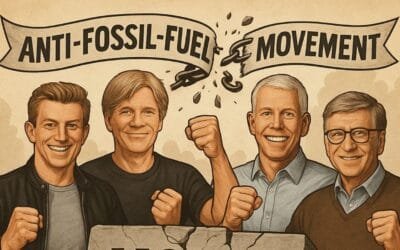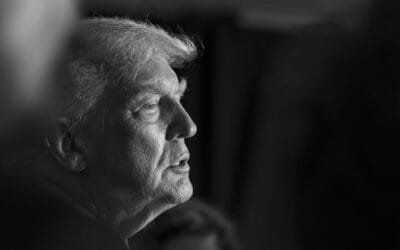Award-winning actor Robert Downey Jr. has been arrested again. Before Tuesday’s arrest on drug charges, he already faced the possibility of nearly five years in prison for charges stemming from his arrest last November in Palm Springs. Now state officials have announced plans to send him to a live-in drug treatment center for at least six months. Said one State prison spokeswoman, “It doesn’t make sense to send someone like Downey to prison. The ultimate goal is to help him overcome his addiction.”
“Rehab Not Jail” is the motto of a nationwide movement that has adopted Downey as its de facto poster-boy. It favors court-ordered rehabilitation instead of prison for non-violent drug users. California’s Proposition 36, which implements this viewpoint and which may allow Downey himself to avoid prison, is counted among the movement’s successes. This new law, however, is no solution. Morally, it still fails to respect the rights of non-violent drug users. Practically, it is a disaster because of the false premise underlying most state-certified rehab programs.
The pro-rehab movement correctly argues that it is wrong to imprison non-violent drug users like Downey: they have violated no one’s rights. Only people who commit real crimes–burglary, manslaughter, rape, etc.–deserve criminal punishment of any kind, let alone multi-year incarceration.
But the movement is self-contradictory. According to the principle of individual rights, government may not interfere with one’s pursuit of his own happiness, whether his choice is right or wrong, so long as he does not infringe others’ rights. For the same reason that it is unjust to imprison Downey, it is unjust to force him–or any non-violent drug user–to attend a state-approved rehab program.
Mandatory rehab is not only immoral, it is also impractical. Rehab programs don’t work. Studies show that, on average, drug users fare no better with rehab than without it; either way, nearly half of those who try to quit relapse.
Most certified rehab providers advocate the “disease model” of addiction. They believe that drug users are, for physiological reasons, incapable of controlling their drug use.
But no one to my knowledge has produced a physiological test that predicts addictive behavior. Drug use may cause physical changes–even permanent changes–in a drug user’s body and brain tissues. And, upon withdrawal, most drug users report having physical cravings and side effects. But none of these manifestations has been shown to cause addictive behavior.
Despite any genetic predispositions or drug-induced physical cravings, the fact remains that human beings have free will. Addiction, therefore, is a choice. A drug user can resist the pull of his old habit–even if this requires a great struggle.
The best evidence that people can choose to quit using drugs is that they do so, time and again, both with and without treatment. Some formerly heavy drug users can even choose to become “social” drug users, and use drugs in only moderate quantities. Disease-model advocates say that such users were not truly addicted. But without a physiological test that can distinguish “true” addicts from drug users who quit, this assertion merely begs the question.
Ironically, even rehab programs based on the disease model focus on changing the user’s way of thinking. Religious, “twelve-step”-style programs tell users that they have no control and therefore must learn to rely on a “higher power”; secular programs tell users they must rely on other people–usually other users. And yet, if drugs were physiologically irresistible, such an approach would be pointless.
Rehabilitation, like any psychological treatment, must be undertaken voluntarily if it is to work. Court-ordered rehabilitation, therefore, is a contradiction in terms.
Moreover, even if a convicted user wants rehab, the court will probably send him to a state-certified, disease-model program. This can only hinder his recovery. Downey, for example, whose father gave him drugs when he was six, is trying to give up something that has been part of his life for 30 years. How can he summon the willpower necessary to do this while being told that drug use is something over which he has no control?
Said one ex-user: “The 12-steps wanted me to believe in a ‘higher power’ and admit that I was powerless over alcohol and drugs. But I knew that I wasn’t. I wanted to learn how to fight my addiction, not give in and pray to a God I didn’t believe in to relieve my suffering.”
With respect to Downey, the only moral outcome would be for him to be released and for all charges against him to be dropped. The sense of efficacy and happiness that Downey must get from his superlative acting work will not guarantee that he will resolve his problems; that is up to him. But to deprive him of this powerful ally when he faces such a difficult struggle would be criminal.









